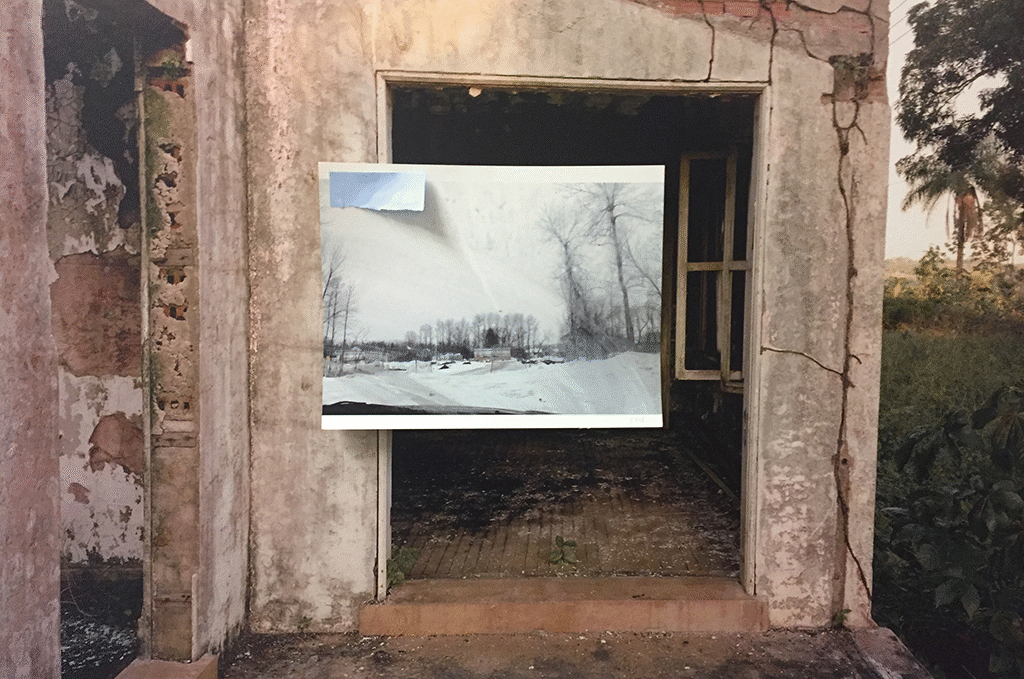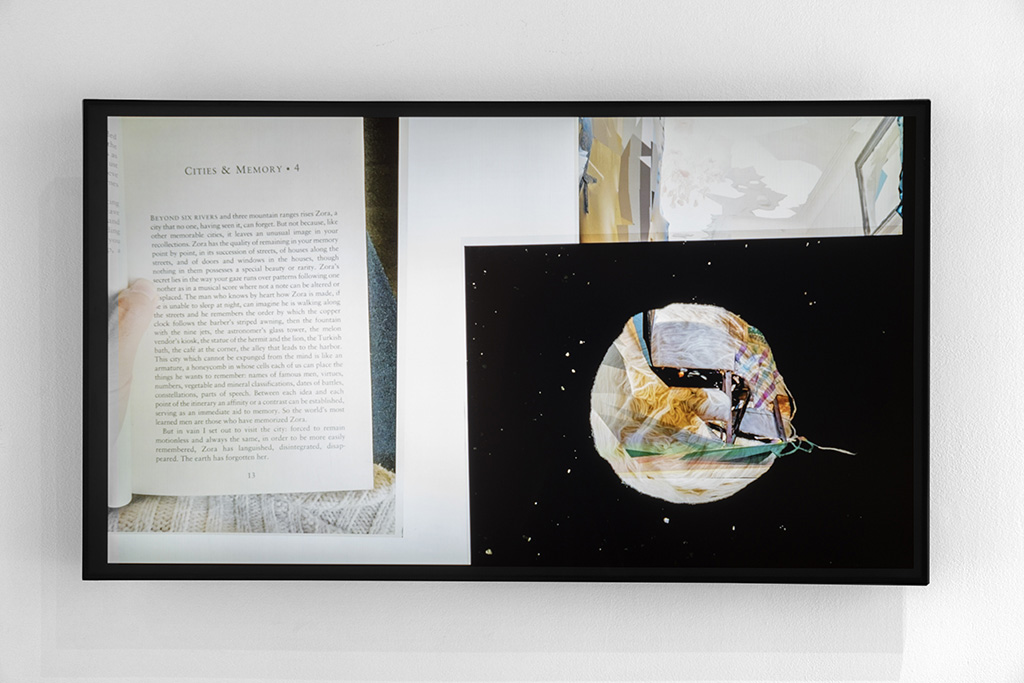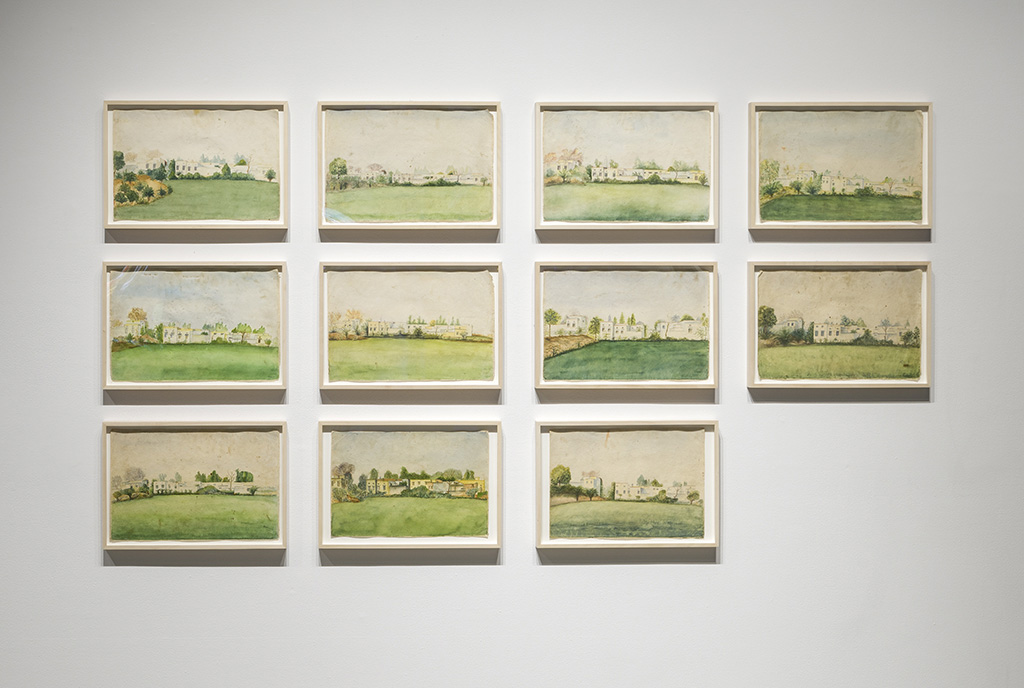Les bons voisins / Good Neighbours





Les bons voisins includes new and re-contextualized works by the Outre-vie/Afterlife collective that consider themes of displacement, hospitality, and community. Drawing on an extensive archive documenting the group’s activities since 2013, the exhibition includes La chambre aux ectoplasmes, a room-scale virtual reality reconstruction of Raymonde’s dining room, a space at the very heart of our collective activities; How Many Seas, a series of large-scale public banners first installed on Carter Road in Mumbai, India in 2017; and Les bons voisins, a series of interrelated stations comprised of participants’ individual contributions within the gallery’s main space. The juxtaposition of disparate elements activates new and unanticipated connections and discontinuities between image, text, and sound collected by group members in numerous spatial and temporal locations, from Quebec and elsewhere in Canada, to Korea, Greece, Romania, Iceland, Bosnia and Herzegovina. Through a series of aleatory and combinatory processes, Les bons voisins constructs anarchipelagic vision of “islands” woven in a collaborative practice. The unconventional art historian and librarian Aby Warburg called this mechanism the “law of the good neighbor.” According to Warburg: “When you go to take a book from the shelves, the one you really need is not this one but its neighbor.” The working archive is a space of controlled disorientation that is always in motion and meaning is necessarily elsewhere than where it is sought. Making use of this atypical methodological premise, which privileges relation and affinity as much as displacement and discontinuity, we invite the viewer to wander in a mobile microcosm of the group’s ongoing collaborative image-making practices.


